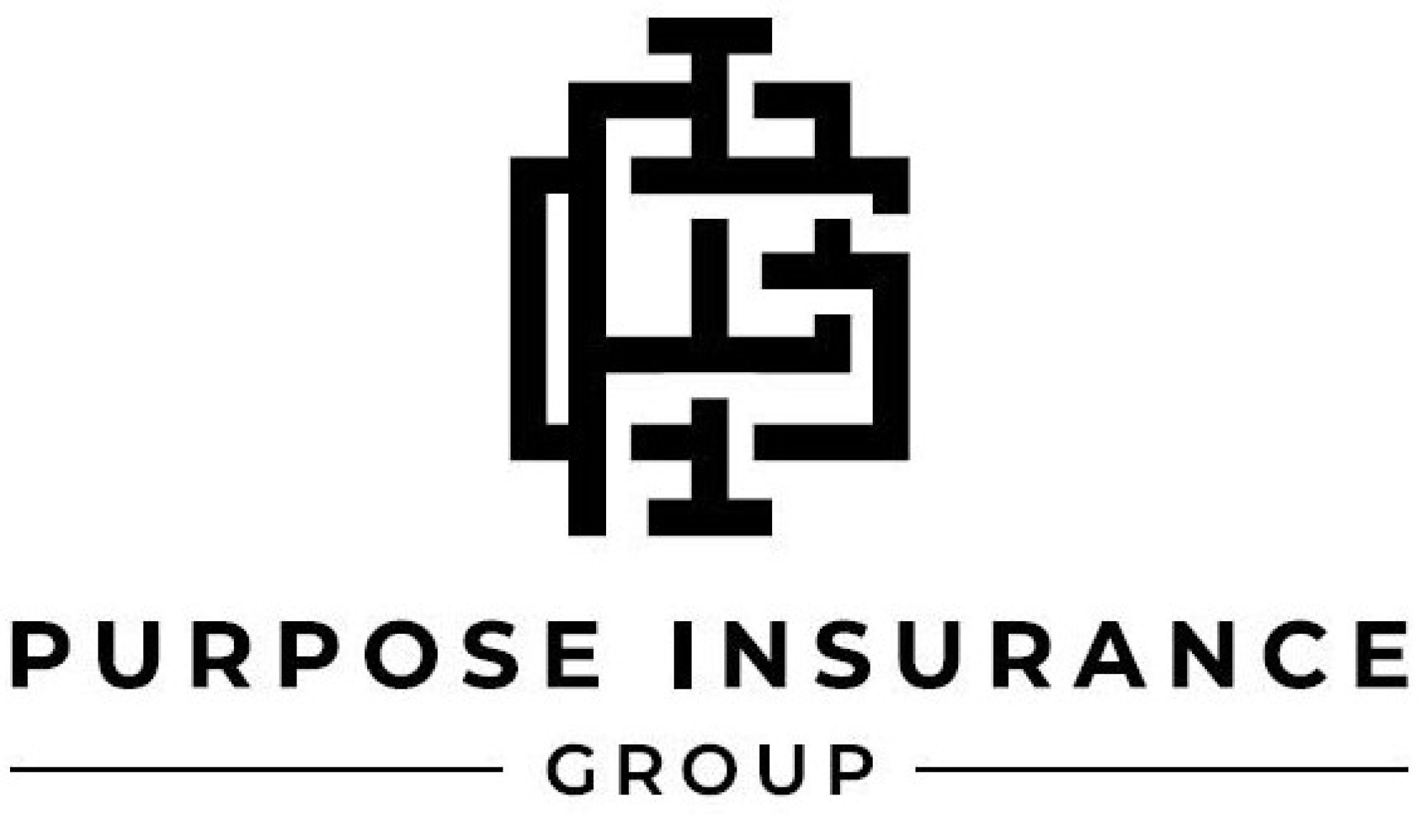Some Of Pacific Prime
Some Of Pacific Prime
Blog Article
How Pacific Prime can Save You Time, Stress, and Money.
Table of ContentsAll about Pacific PrimeGet This Report about Pacific PrimeFascination About Pacific PrimeFascination About Pacific PrimeThe smart Trick of Pacific Prime That Nobody is Talking About

This is due to the fact that the data were accumulated for a period of strong financial performance. Of the approximated 42 million individuals who were without insurance, all but concerning 420,000 (about 1 percent) were under 65 years old, the age at which most Americans become eligible for Medicare; 32 million were grownups between ages 18 and 65, about 19 percent of all grownups in this age group; and 10 million were kids under 18 years of age, concerning 13.9 percent of all children (Mills, 2000).
These quotes of the number of individuals uninsured are generated from the annual March Supplement to the Current Population Survey (CPS), carried out by the Census Bureau. Unless or else kept in mind, national estimates of people without health and wellness insurance coverage and percentages of the populace with various sort of protection are based upon the CPS, one of the most commonly made use of resource of estimates of insurance coverage and uninsurance rates.
The smart Trick of Pacific Prime That Nobody is Talking About

Still, the CPS is especially helpful since it generates yearly price quotes fairly rapidly, reporting the previous year's insurance protection approximates each September, and since it is the basis for a constant collection of price quotes for greater than twenty years, enabling evaluation of fads in insurance coverage gradually. For these reasons, as well as the substantial use of the CPS in other researches of insurance policy coverage that exist in this record, we count on CPS estimates, with restrictions kept in mind.

The quote of the number of without insurance people increases when a population's insurance coverage status is tracked for several years. Over a three-year duration starting early in 1993, 72 million individuals, 29 percent of the U.S. https://experiment.com/users/pacificpr1me. populace, were without protection for at the very least one month. Within a single year (1994 ), 53 million people experienced at the very least a month without insurance coverage (Bennefield, 1998a)
Six out of every 10 without insurance grownups are themselves employed. Working does enhance the chance that one and one's household participants will certainly have insurance policy, it is not a warranty. Even members of families with two full time breadwinner have nearly a one-in-ten opportunity of being uninsured (9.1 percent uninsured price) (Hoffman and Pohl, 2000).
Excitement About Pacific Prime
New immigrants represent a substantial proportion of individuals without medical insurance. One evaluation has associated a substantial part of the current development in the size of the united state without insurance population to immigrants who showed up in the country in between 1994 and 1998 (Camarota and Edwards, 2000). Current immigrants (those that came to the United States within the previous four years) do have a high rate of being uninsured (46 percent), yet they and their kids make up just 6 percent of those without insurance policy nationally (Holahan et al., 2001).
The partnership between wellness insurance and access to care is well developed, as recorded later click over here in this chapter. Although the partnership between medical insurance and wellness end results is neither direct nor easy, a comprehensive clinical and health and wellness solutions study literary works web links medical insurance protection to enhanced access to care, better quality, and improved personal and populace wellness standing.
Levels of evaluation for examining the results of uninsurance. It concentrates especially on those without any type of health insurance for any kind of size of time.
Pacific Prime - Truths
The troubles encountered by the underinsured remain in some respects similar to those faced by the uninsured, although they are typically less extreme. expat insurance. Uninsurance and underinsurance, nevertheless, include noticeably different plan issues, and the techniques for resolving them might vary. Throughout this research study and the five reports to follow, the main focus gets on individuals without wellness insurance policy and hence no help in paying for health and wellness care beyond what is readily available via charity and safeguard institutions
Wellness insurance policy is an effective aspect impacting invoice of care because both patients and medical professionals react to the out-of-pocket rate of solutions - https://pacificpr1me.wixsite.com/my-site-1/post/pacific-prime-your-trusted-partner-in-international-health-insurance. Medical insurance, however, is neither essential neither sufficient to access to clinical solutions. However, the independent and direct impact of health insurance protection on accessibility to health and wellness services is well established.
Others will acquire the health and wellness treatment they need even without medical insurance, by paying for it out of pocket or seeking it from companies who offer treatment free or at highly subsidized prices. For still others, health and wellness insurance alone does not make certain receipt of care as a result of various other nonfinancial barriers, such as a lack of health treatment companies in their community, minimal access to transport, illiteracy, or linguistic and cultural distinctions.
All about Pacific Prime
Official research about uninsured populations in the United States dates to the late 1920s and early 1930s when the Committee on the Price of Treatment produced a series of reports regarding funding medical professional workplace gos to and hospital stays. This concern came to be salient as the numbers of medically indigent climbed during the Great Clinical depression.
Report this page